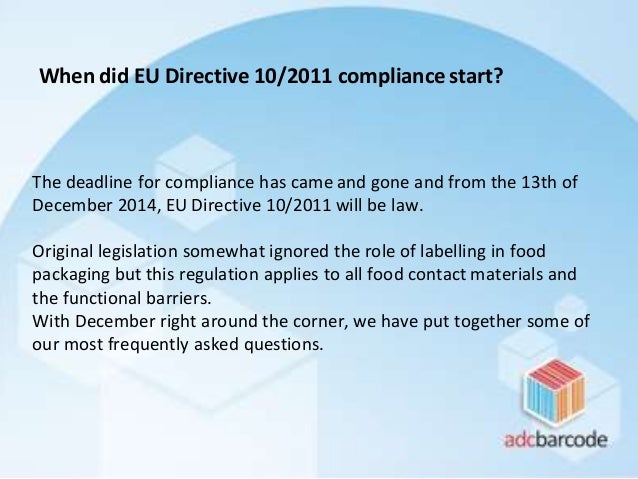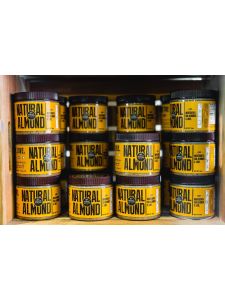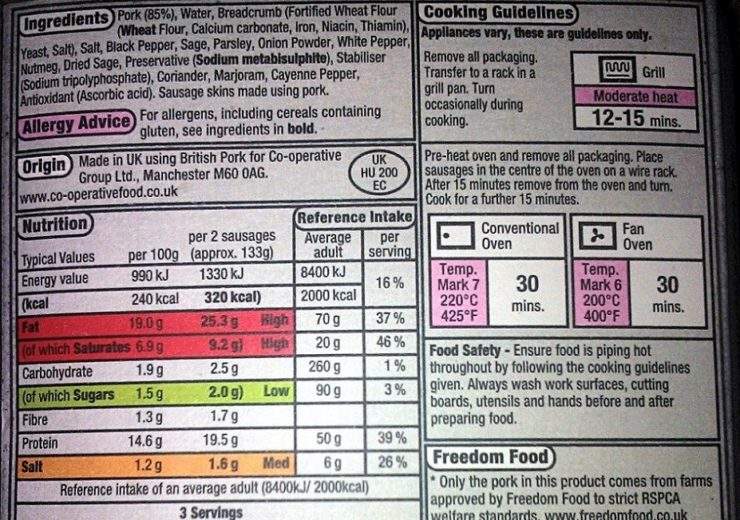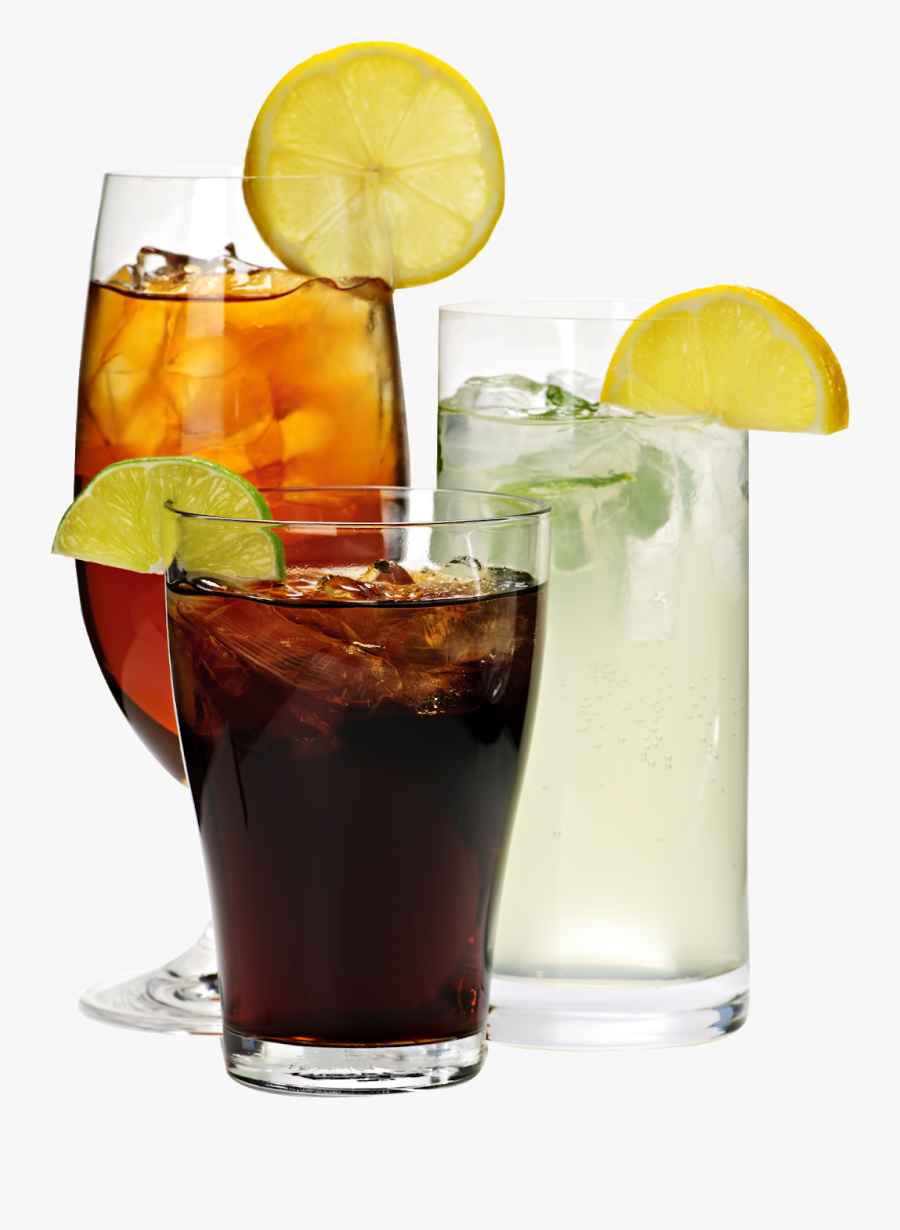38 food labels by law
FDA: Foods Must Contain What Label Says These regulations help to protect consumers against the intentional substitution of ingredients without declaring those ingredients in labeling (e.g. using an unlisted, less expensive ingredient to... Food Labeling 101 - FDA Regulations Guide [2022] | Artwork Flow Food Labeling Requirements As Stated By The FDA I. Principal Display Panel 1. Brand Elements 2. Statement of Identity 3. Net Quantity II. Information Panel 1. Ingredient List 2. Instructions to Use 3. Manufacturer Name & Address 4. Country of Origin 5. Product Code III. Nutrient Panel 1. Nutrient Labeling 2. Serving Sizes IV. Claims And Warnings 1.
FDA Food Product Labeling & Packaging Requirements | ESHA Research The Food Allergen Labeling and Consumer Protection Act of 2004 (FALCPA) mandates that packaged food items must declare, in plain language, the presence of any major food allergens (Milk, Egg, Fish, Crustacean shellfish, Tree nuts, Wheat, Peanuts, Soybeans, Sesame) on the product packaging.

Food labels by law
Food labelling and packaging: Overview - GOV.UK To sell food and drink products, the label must be: clear and easy to read permanent easy to understand easily visible not misleading You must show certain basic information and list the... Does all food need a label? - Safe Food & Water The Food and Drug Administration (FDA), the branch of government responsible for helping keep our food safe, provides regulations and guidance on food labeling. Food items that are allowed to be made and sold from one's home without a license are called cottage foods. These foods fall under the Michigan Cottage Food Law. Food Labeling Overview - National Agricultural Law Center the four types of labels fsis must approve include (1) labels for religious exempt products such as food that is labeled as kosher or halal, (2) labels on products destined for export to countries with deviations from the u.s. labeling requirements, (3) labels with special statements and claims such as "all natural" or "no preservatives", and (4) …
Food labels by law. Nutrition Labels 101: What's Required? What's Optional? 5. Trans Fat. Trans fat is the worst of the "bad fats," which is why in 2006 the FDA began requiring it to be listed separately on nutrition labels. Trans fat, like saturated fat, increases LDL cholesterol levels (i.e., "bad" cholesterol) but also lowers HDL cholesterol levels (i.e., "good" cholesterol). So it's a bit of a ... Guide to U.S. Food Labeling Law | Thompson FDA In plain English, the Guide to U.S. Food Labeling Law explains food labeling law and provides expert advice on what food processors must do to comply with the regulations to avoid enforcement actions. Also included are sections on the history of food labeling laws, the role various governmental agencies play in enforcing the rules, and the ... Food Labeling & Nutrition | FDA Food labeling is required for most prepared foods, such as breads, cereals, canned and frozen foods, snacks, desserts, drinks, etc. Nutrition labeling for raw produce (fruits and vegetables) and... USDA ERS - Food Labeling Manufacturers with $10 million or more in annual sales were required to switch to the new label by January 1, 2020; manufacturers with less than $10 million in annual food sales had until January 1, 2021 to comply. Future research can investigate whether the changes improved the diet quality of U.S. consumers.
List of food labeling regulations - Wikipedia Food and Drug Administration Amendments Act of 2007. Food and Drug Administration Modernization Act of 1997. Food libel laws. Food Quality Protection Act. Generally recognized as safe. Global Food Security Act of 2009. Kevin's Law. Mandatory country-of-origin labeling of food sold in the United States. Food Labeling - National Agricultural Law Center Food Labeling for Specialty Crop Producers (E. Rumley, 2012) Non-GMO Labeling (E. and R. Rumley, 2012) Legal and Business Guide for Specialty Crop Producers (National AgLaw Center & U. AR Division of Agriculture, 2011) State-Level Catfish Labeling Laws (Springsteen, 2008) United States Food Law Update II (Roberts, 2006) Cottage Food Laws | LABELS Your home's physical address must be on the label since that is the location where the food was prepared. (A cottage food operator by law must prepare their food in their primary residence.) The cottage food law does not require the customer to visit your home. Food Labeling - USDA The FDA assures that most prepared foods, such as bread, cereals, canned and frozen foods, snacks, desserts, drinks, etc., are safe, wholesome, and properly labeled. The National Organic Program (NOP), a regulatory program housed within the USDA Agricultural Marketing Service, develops organic food labeling standards
Food Labeling Basics - Food Quality & Safety What we see on a food label today is the result of many years of laws and regulations, including the Food, Drug, and Cosmetic Act of 1938, the Fair Packaging and Labeling Act of 1966, the Nutrition Labeling and Education Act of 1990, and the Food Allergen Labeling and Consumer Protection Act of 2006. Minimum Requirements for Packaged-Food Labeling | Mass.gov The Food Allergen Labeling and Consumer Protection Act of 2004 (FALCPA) addresses the labeling of foods that contain any of the eight major food allergens. FALCPA defines "major food allergens" as Milk Fish Egg Crustacean Shellfish Peanuts Tree Nuts Soybeans Wheat Food Allergen Labeling Law Requirements and Exceptions In addition, manufacturers must use use the "common or usual name" of the allergen. For example, "egg" must be called "egg" on food labels instead of "ovalbumin.". The warning must be listed in the same size type as the rest of the ingredients on the label. The common name must appear either: In parentheses after the ingredient name. Understanding Labeling Laws for Food to Reduce Your Risk of a Lawsuit The Federal Food, Drug, and Cosmetic Act (FDCA) and the Fair Packaging and Labeling Act are the primary federal laws governing food products under FDA's jurisdiction. The Nutrition Labeling and Education Act (NLEA), which amended the FDCA, governs nutrition labeling and requires food labels bearing health claims, nutrient content claims, and ...
PDF Food Labeling Guide Office of Nutrition, Labeling, and Dietary Supplements HFS-800 Center for Food Safety and Applied Nutrition Food and Drug Administration 5100 Paint Branch Parkway College Park, MD 20740 (Tel)...
Food Labels | Washington State Good Source of Calcium: at least 100 milligrams of calcium per serving. More Iron: at least 1.8 milligrams more iron per serving than the reference food (Label will say 10% more of Daily Value for Iron) Fat-Free: less than .5 grams of fat per serving. Reduced or Fewer Calories: at least 25% fewer calories per serving than the reference food.
Packaging and labelling | Food Standards Agency All food is subject to general food labelling requirements and any labelling provided must be accurate and not misleading. Certain foods are controlled by product specific regulations and they...
Understanding Food Labels | The Nutrition Source | Harvard T.H. Chan ... Under the Food Allergen Labeling and Consumer Protection Act of 2004, eight major food allergens—milk, fish, tree nuts, peanuts, shellfish, wheat, eggs, and soybeans—are required to be listed in a "contains" statement near the Ingredients list if present in a food. An example would be "contains wheat, milk, and soy."
Guidance for Industry: Food Labeling Guide | FDA The Federal Food, Drug, and Cosmetic Act (FD&C Act) and the Fair Packaging and Labeling Act are the Federal laws governing food products under FDA's jurisdiction. The FDA receives many questions...
By law, which of the following food items must display a nutrition ... The Nutrition Facts Label in Basics. Step 1: Begin by determining the serving size. Step 2: Match the Total Calories to Your Specific Requirements. Step 3: Use the Percent Daily Values as a Reference Point. Step 4: Review the Nutrition Glossary.

Labeling Law Deceptions and Hidden Agendas: What do Food Labels Really Mean? - Kelly the Kitchen Kop
Menu Labeling Requirements | FDA The menu labeling requirements apply to restaurants and similar retail food establishments that are part of a chain with 20 or more locations. In addition, they must be doing business under the...
PDF General Food Labeling Requirements - California 3. Nutrition Labeling and Education Act of 1990 (NLEA), 4. Dietary Supplement Health and Education Act of 1994 (DSHEA), 5. Food Allergen Labeling and Consumer Protection Act of 2004 (FALCPA) and 6. Patient Protection and Affordable Care Act of 2010. Label Panels (IP). The PDP is the part of the label consumers
FDA Food Labeling Requirements - Lehrman Beverage Law Food Labeling and Compliance, Conventional Foods. Lehrman Beverage Law has extensive experience working with food producers and importers to help ensure compliance with FDA food labeling requirements for a wide variety of food products. We have special expertise with foods imported to the U.S.
Food Labeling Laws & Regulations for Menus, Recipes ... - LabelCalc Food labeling laws are being officially revised as we speak, meaning that the above regulations are entirely current—for now. A new final rule has been released by the FDA with compliance dates in July of 2018 and 2019 (depending on the annual food sales of your company).. According to the FDA's official executive summary,
Food Labeling | Agriculture and Markets Advances in food technology and labeling changes in regulations have resulted in the development of a variety of reduced fat dairy products. Properly identifying these and all products, via product labels, gives consumers confidence to try new and healthy alternatives to traditional dairy products.
Food Labeling Overview - National Agricultural Law Center the four types of labels fsis must approve include (1) labels for religious exempt products such as food that is labeled as kosher or halal, (2) labels on products destined for export to countries with deviations from the u.s. labeling requirements, (3) labels with special statements and claims such as "all natural" or "no preservatives", and (4) …
Does all food need a label? - Safe Food & Water The Food and Drug Administration (FDA), the branch of government responsible for helping keep our food safe, provides regulations and guidance on food labeling. Food items that are allowed to be made and sold from one's home without a license are called cottage foods. These foods fall under the Michigan Cottage Food Law.
Food labelling and packaging: Overview - GOV.UK To sell food and drink products, the label must be: clear and easy to read permanent easy to understand easily visible not misleading You must show certain basic information and list the...














Post a Comment for "38 food labels by law"